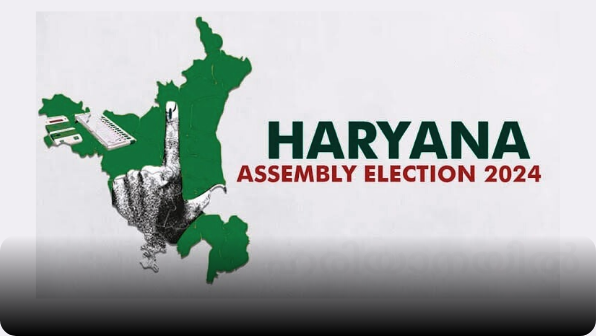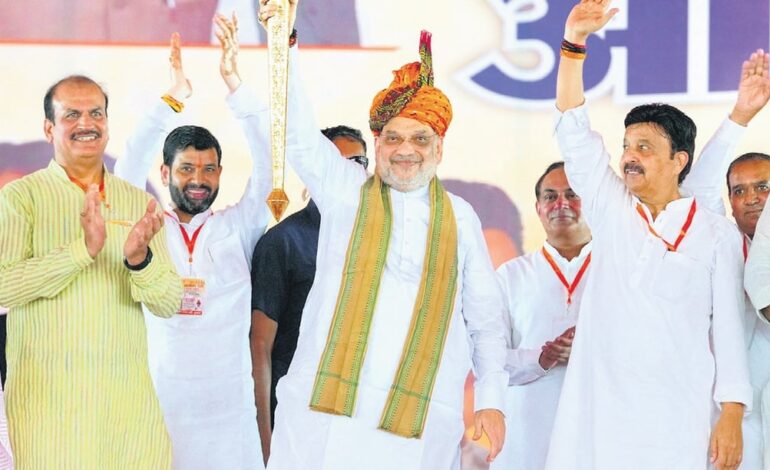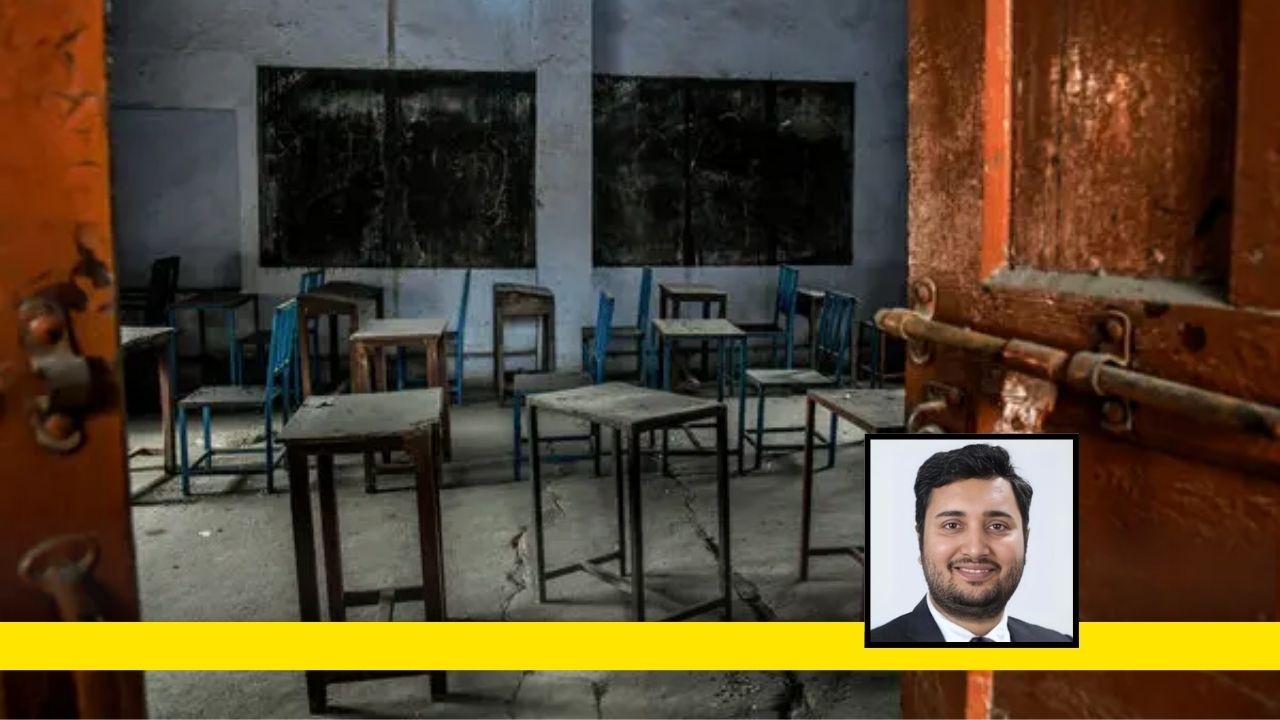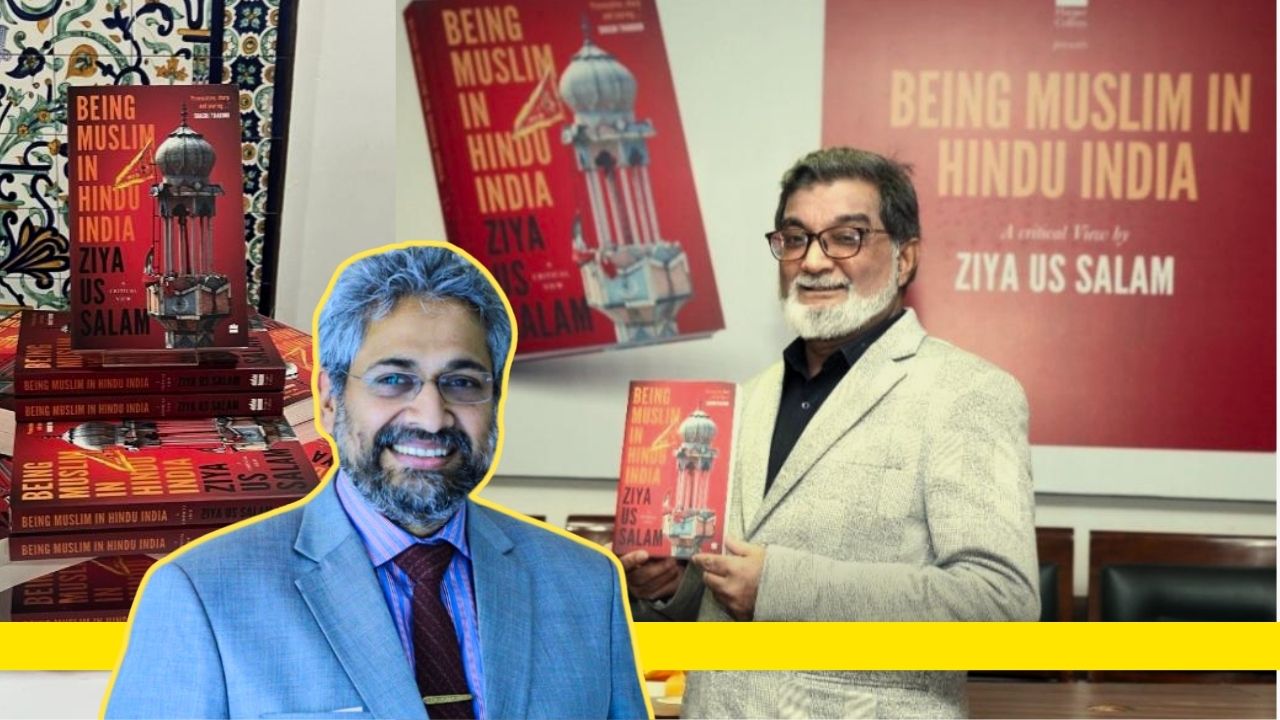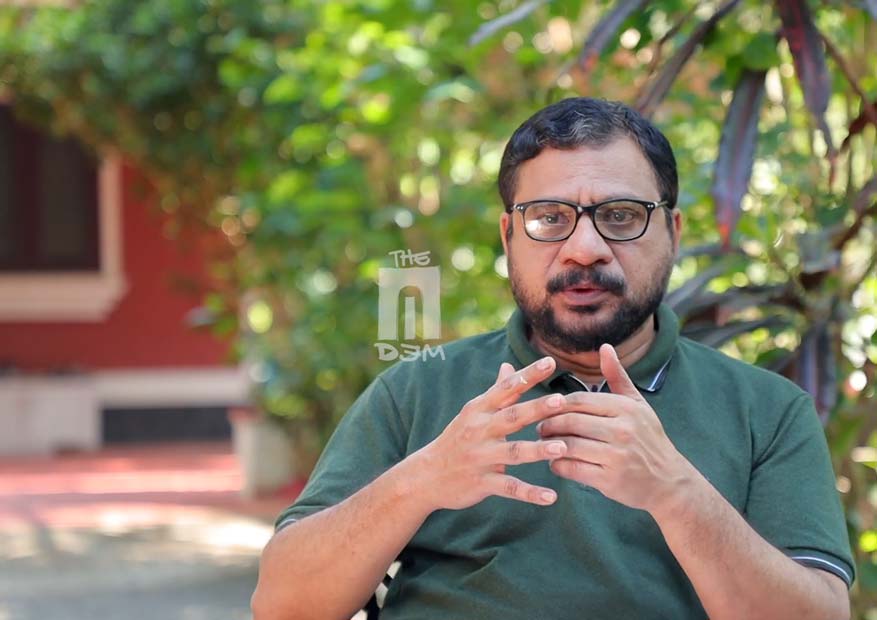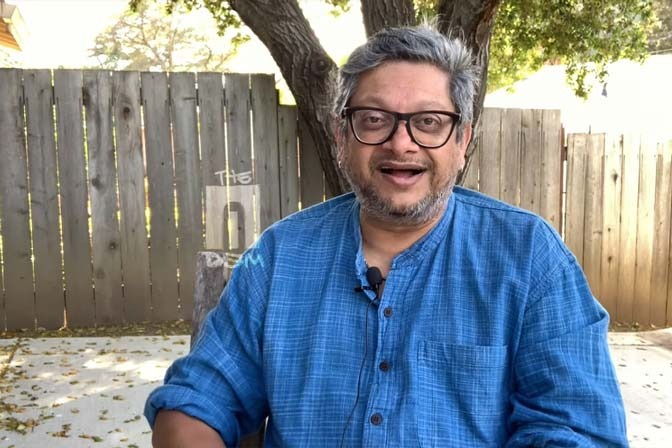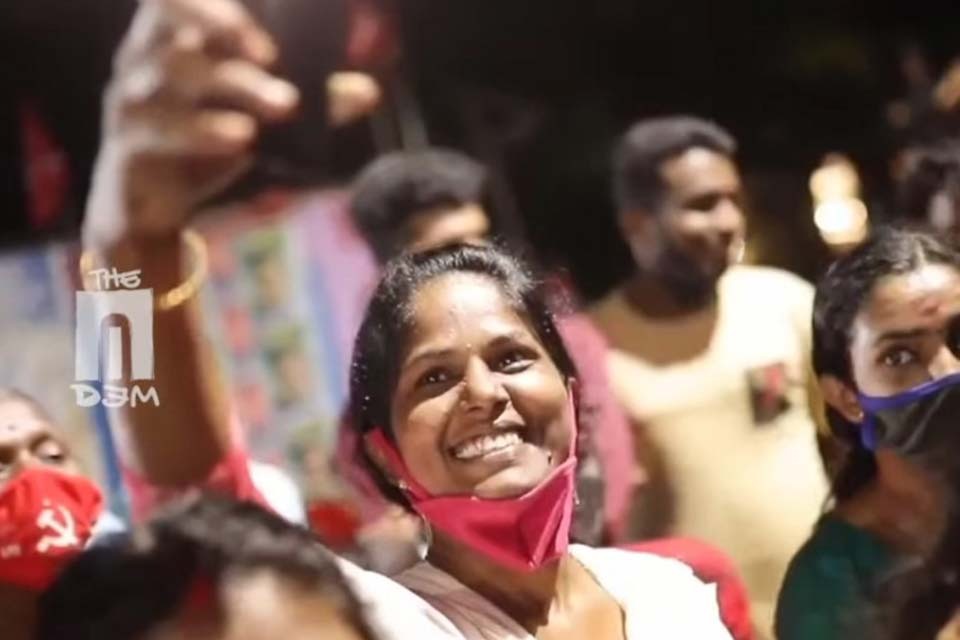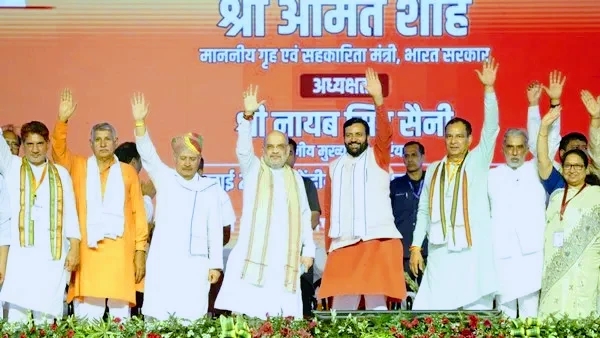
Multiple factors are at play in the Haryana assembly elections, scheduled to be held in one phase on October 5, 2024, but one of the most striking aspects of the campaign scenario this time is the conspicuous disappearance of the Modi factor. Ground reports from across the State underscore that in a large majority of the 90 constituencies in Haryana,the Modi factor is not a matter of debate among the electorate. Some campaigners of the Bharatiya Janata Party (BJP) do refer to the Modi factor occasionally, but that too without the verve or intensity that they had displayed in past elections.
This is markedly different from the election scenario in the last two assembly polls in the State held in 2014 and 2019. In both these elections the personality of Prime Minister Narendra Modi and the social, political and economic aspirations he seemed to represent had dominated the campaign and related developments. In the 2014 assembly polls, held barely six months after the Lok Sabha elections in which Modi swept to power at the centre with a single party majority for the BJP, Modi’s name and image as the new beacon of hope and developmental paradigms was the central narrative in the saffron party’s campaign.
Five years later, in the 2019 assembly polls too, the BJP State unit depended essentially on Modi’s popularity and his image as a Prime Minister who had returned to power with an enhanced majority in the Lok Sabha polls some months ago. But the campaign on the personality cult of Modi has practically become a thing of the past in Haryana.
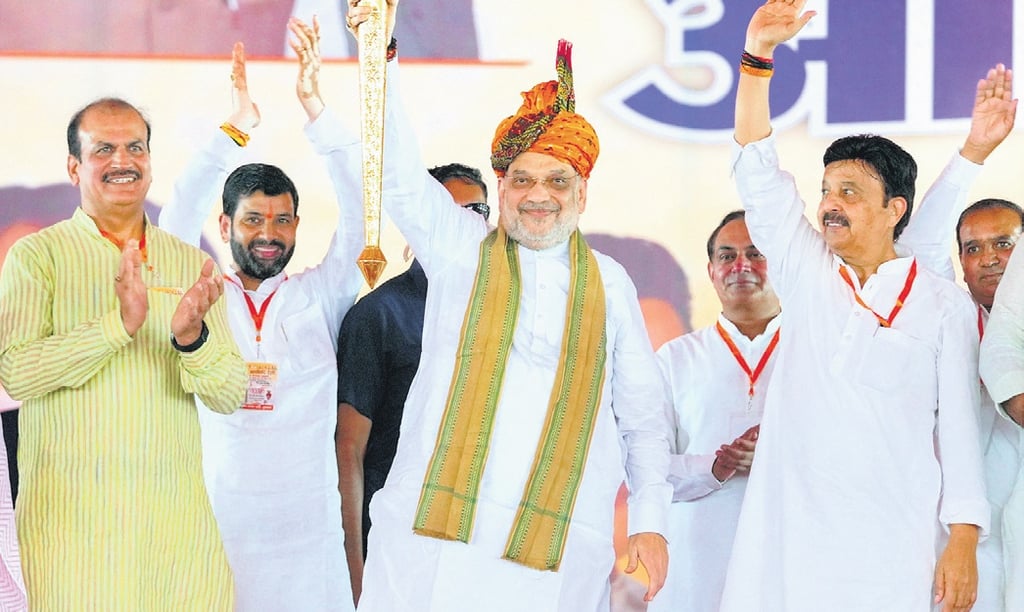
Commenting on this significant turnaround in the campaign stream, retired senior army officer Major General Ram Phool Sian, who is also a keen political observer belonging to Rohtak, told The AIDEM that this marks a sort of historic diminution in the political influence and reach of the Modi factor.
Major General Sian further explained the historical dimensions of this turnaround as follows. “It was very much in Haryana that the emergence of the Modi factor was cemented in the run up to the 2014 Lok Sabha polls. His first rally as Prime Minister designate of the BJP in the 2014 Lok Sabha polls was held at Rewari in Haryana, where he held forth on the so-called Gujarat model of development and its relevance for India as a whole. The people of Haryana hailed it as a new era in Indian politics and that acceptance reverberated across North India. The dominance of that image seems to be turning a full circle in the Haryana assembly polls ten years later.” – Sian told The AIDEM.
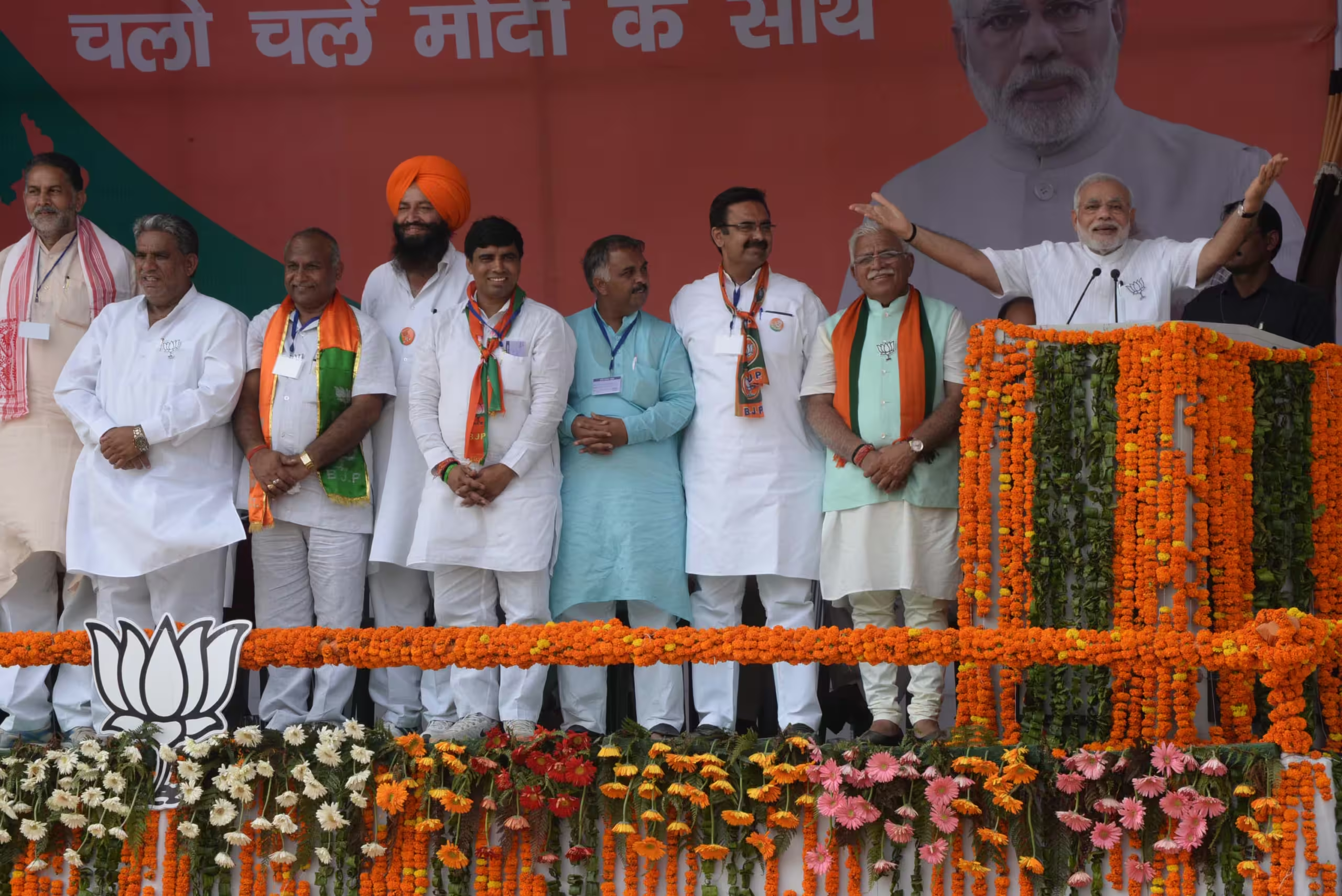
But it is not as though the Haryana assembly polls this time around is completely bereft of personality cult related factors. There is a personality cult around senior Congress leader and former Haryana Chief Minister Bhupinder Singh Hooda, which is steadily developing with the projection as the next Chief Minister of the State. This cult is dominant in the so called Jat belt of the State consisting of the districts of Rohtak, Jhajjar, Sonipat, Jind, Panipat and Bhiwani. The narrative around him is such that The AIDEM could hear several voices from the ground in many of these districts, which placed the current polls as one between Hooda and BJP.
Indeed, one of the central pillars of the Congress campaign is the overwhelming support the party is drawing from the dominant Jat community of the State. However, it is also significant that other communities, including Dalits and sections of upper castes have also rallied around the Congress. This is in contrast to their positions in the last two assembly polls. In 2014, the near-total consolidation of non-Jat communities, especially those belonging to Dalit and Other Backward Caste (OBC) communities, had resulted in the BJP getting power on its own with 47 out of 90 seats. In 2019, the party was reduced to 40 seats and had to depend on alliance with Jannayak Janata Party (JJP) led by Dushyant Chautala- which had won 10 seats – and seven independent MLAs.
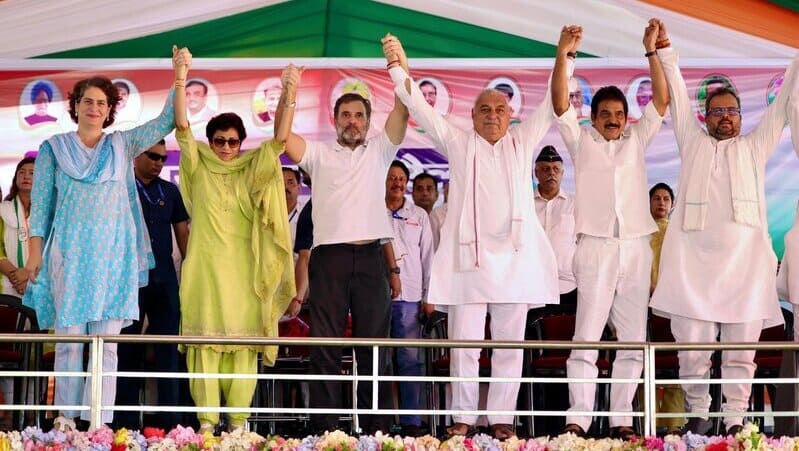
That the BJP is on the back foot essentially on account of his governance track record of the past ten years is evident from the fact that Manohar Lal Khattar, the party’s Chief Minister for 9 years of its tenure, is steadfastly kept away from the campaign. While Khattar is practically removed from the campaign scene his successor Nayab Singh Saini has also not been able to make a significant impact on the public. Party insiders admit that the very removal of Khattar, who was considered to be close to Prime Minister Modi, after a 9 year tenure is an admission about poor governance.
However, many BJP leaders claim that despite all the problems in governance, the government has done a lot of women oriented welfare programmes and that this would help the party garner a huge majority of women votes, which would tilt the results in its favour. It remains to be seen how far this claim proves correct in the polls.
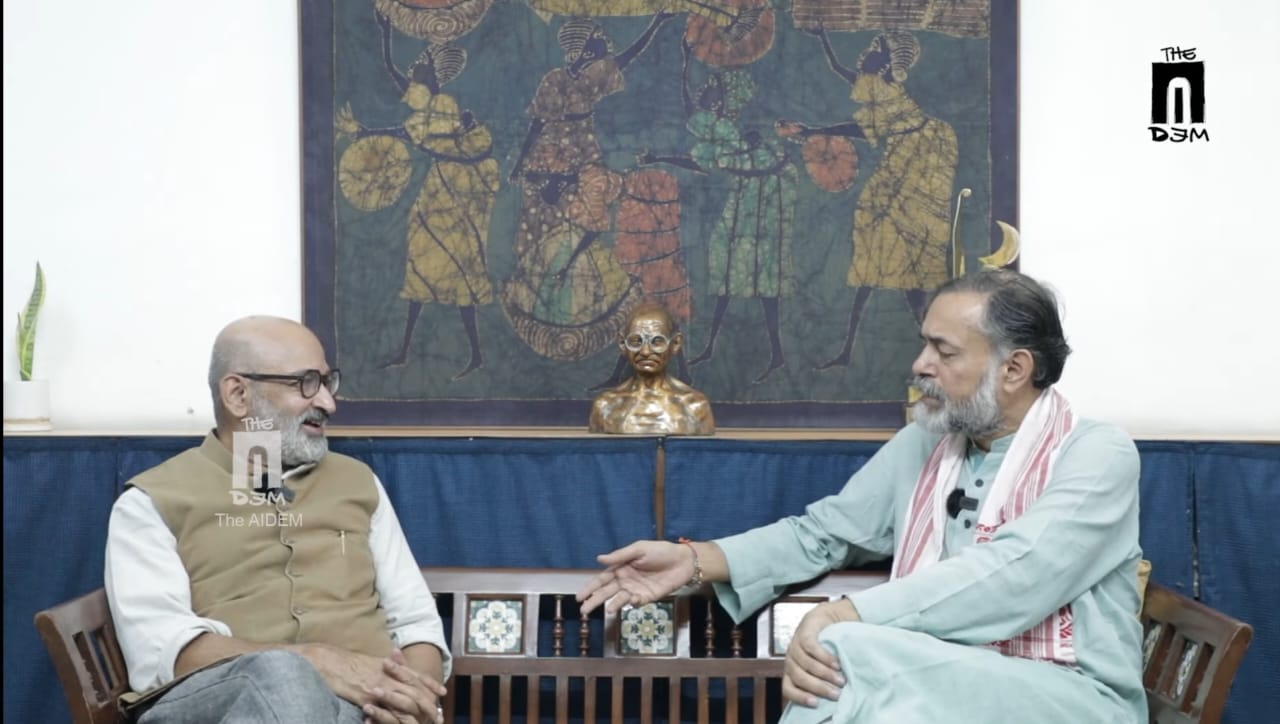
As political activist Yogendra Yadav pointed out to The AIDEM, the popular impression that Congress is coming to power had led to a surge in the number of seat aspirants and this in turn has created a significant rebel problem for the party. Some of these rebels contesting as independent candidates are causing problems for the Congress in different parts of the State. Powerful independent candidates, who were originally in Congress or the BJP and are putting up strong fight include Rajesh Joon at Bahadurgadh, Kapoor Singh Narwal at Baroda, Savitri Jindal at Hisar, Devender Kadiyan at Gannaur and Chitra Sarwara at Aambala Cantonment.

The third pole in State politics, comprising different outfits floated by the family branches of former Chief Minister Omprakash Chauthala, such as JJP and Indian National Lok Dal are in the fight in some constituencies, but are not expected to make a substantive difference to the poll scene or outcome. Similar is the situation with the Aam Aadmi Party (AAP).


